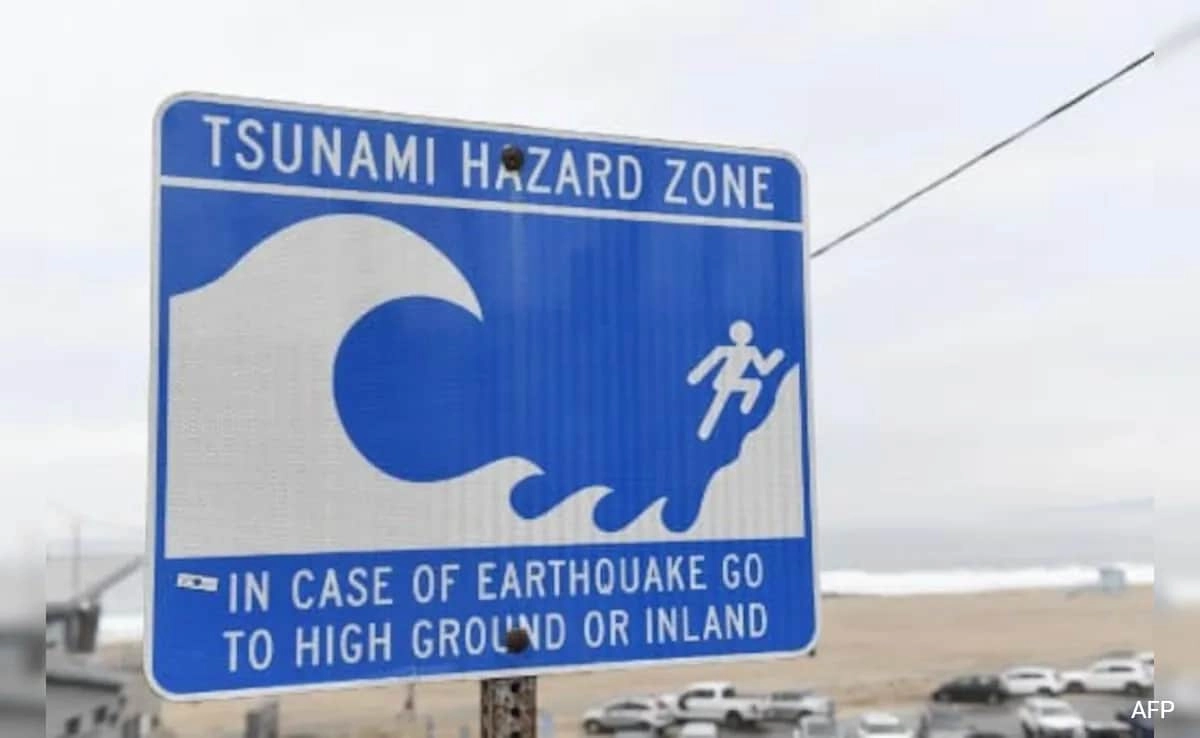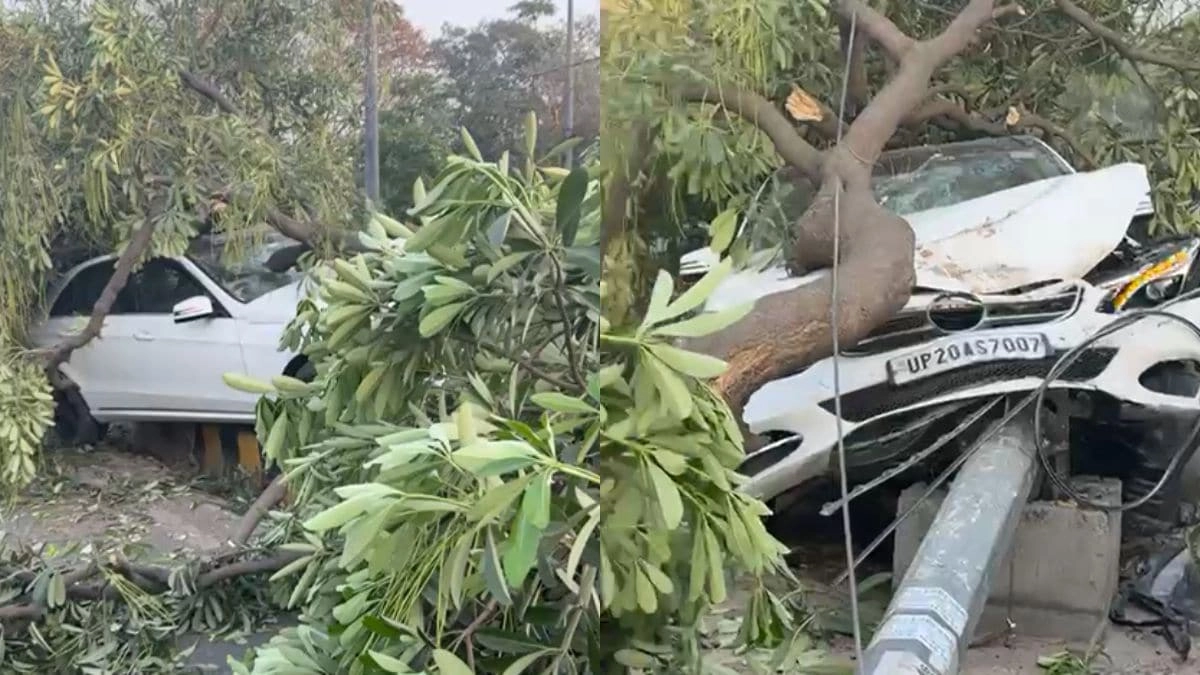On a recent day, the coasts of Russia and Japan faced a formidable natural disaster as a tsunami struck both nations, sending shockwaves through the region. Tsunamis, which are large ocean waves typically caused by underwater earthquakes, volcanic eruptions, or landslides, have the potential to cause devastating impacts on coastal communities. The tsunami that hit Russia and Japan serves as a stark reminder of the power of nature and the vulnerability of human settlements situated along coastlines. Understanding the causes of this catastrophic event is crucial to grasping its broader implications for the affected areas.
The immediate trigger for the tsunami was a significant underwater earthquake that registered a magnitude sufficient to generate massive waves. Such seismic activity is not uncommon in the Pacific Ring of Fire, an area known for its high levels of tectonic activity. The earthquake’s epicenter was located off the coast, leading to the rapid displacement of water and the creation of waves that traveled across the ocean. As these waves approached the shores of Russia and Japan, the geography of the coastline and local topography played a critical role in amplifying their impact. Low-lying regions were particularly vulnerable, with reports indicating extensive flooding and destruction in several coastal towns.
The aftermath of the tsunami has been devastating for both nations, with communities grappling with loss of life, property destruction, and long-term economic repercussions. Emergency response teams have been deployed to assist those affected, providing aid and assessing the damage. In Japan, a country that has experienced its fair share of tsunamis and earthquakes, the government has implemented robust disaster response protocols, yet the scale of this event has tested their resilience. Meanwhile, in Russia, the response has highlighted the need for improved preparedness in regions that may not be as accustomed to such disasters. The interplay of natural forces and human vulnerability underscores the importance of disaster preparedness and response strategies in mitigating the impacts of future tsunamis.
As the affected regions begin the recovery process, the incident will likely lead to renewed discussions about the need for enhanced monitoring and alert systems for tsunamis in the Pacific. The scientific community continues to study seismic activity and its potential to generate tsunamis, aiming to develop more accurate predictive models. Furthermore, public awareness campaigns emphasizing preparedness and education can empower local populations to respond more effectively in the face of such disasters. Ultimately, while the tsunami serves as a tragic event, it also provides an opportunity for reflection and improvement in how societies engage with the natural forces that shape their environments.




